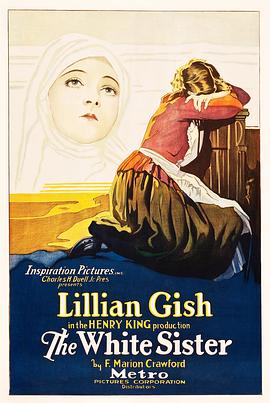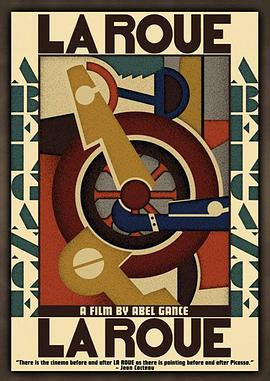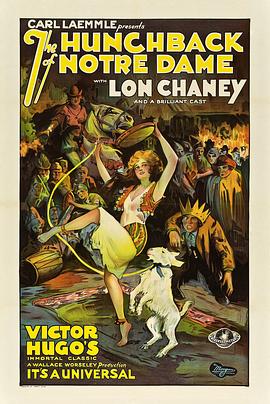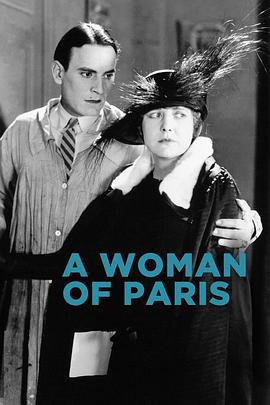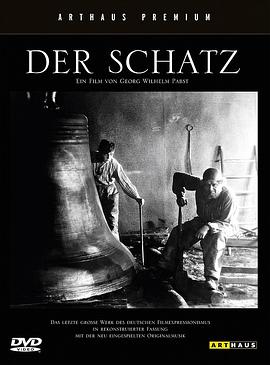剧情片
1923剧情片美国
HD中字
1923剧情片美国
Salomé (1923), a silent film directed by Charles Bryant and starring Alla Nazimova, is a film adaptation of the Oscar Wilde play of the same name. The play itself is a loose retelling of the biblical story of King Herod and his execution of John the Baptist (here, as in Wilde's play, called Jokaanan) at the request of his stepdaughter, Salomé, whom he lusts after. Salomé is often called one of the first art films to be made in the U.S.[citation needed] The highly stylized costumes, exaggerated acting (even for the period), minimal sets, and absence of all but the most necessary props make for a screen image much more focused on atmosphere and on conveying a sense of the characters' individual heightened desires than on conventional plot development. Despite the film being only a little over an hour in length and having no real action to speak of, it cost over $350,000 to make. All the sets were constructed indoors to be able to have complete control over the lighting. The film was shot completely in black and white, matching the illustrations done by Aubrey Beardsley in the printed edition of Wilde's play. The costumes, designed by Natacha Rambova, used material only from Maison Lewis of Paris, such as the real silver lamé loincloths worn by the guards. No major studio would be associated with the film, and it was years after its completion before it was released, by a minor independent distributor. It was a complete failure at the time and marked the end of Nazimova's producing career. A longstanding rumor, which seems to have started while the film was still in production, suggests that its cast is comprised entirely of gay and bisexual actors in an homage to Oscar Wilde, as per star and producer Nazimova's demand. It is, of course, impossible to say, but one of the extras in Salomé reported that a number of the cast members—both featured and extras—were indeed gay, but not an unusual percentage of them, and certainly not all of them. What can be said is that Nazimova herself was a lesbian, the two guard characters (who, next to Salomé, have the most screen time) are at least played very stereotypically gay, and several of the female courtiers are men in drag. Salomé was screened in 1989 at the New York International Festival of Lesbian and Gay films and in 1990 at the New York Gay Experimental Film Festival. In 2000, the United States Library of Congress deemed the film "culturally significant" and selected it for preservation in the National Film Registry.
HD中字
1923剧情片法国
这是史诗片巨匠冈斯的早期作品,原版长达九个小时。 影片讲述一个类似现在电视肥皂剧的故事:铁路工程师从一次车祸中救回一个女孩,把她当作女儿来领养。不料他自己和儿子都对女孩产生好感。为了不让儿子占有她,遂把女孩嫁给了一个富人。但儿子和养女之间有着压制不住的爱情。儿子跟她丈夫发生争执,不幸死亡。老人把儿子的死归咎于养女,不愿再见到她。后来他眼睛瞎了,养女偷偷回来照料他,直至为他送终。 影片的革命性表现在如下方面:开场的火车事故蒙太奇采用快速剪辑,极具震撼力;平庸的剧情中增加了大量文学典故,丰富了内涵;摄影和剪辑均具有一定的形式感,如镜头的节奏跟音乐相吻合,画面中的机器被用作现代化的象征等,开启了“纯电影”的先河。片名指命运的轮回、欲望的轮回,由车轮形象来暗示。
HD中字
1923剧情片美国
故事发生在车水马龙的大都市巴黎,巴黎圣母院的科罗德神父(奈杰尔·德·布鲁里亚 Nigel De Brulier 饰)收养了加西莫多(朗·钱尼 Lon Chaney 饰),安排他住在一幢钟楼里,因为样貌格外的丑陋,他被人们称作为钟楼怪人。 科罗德神父虽然看上去一本正经饱受教徒们的尊敬,实际上却是一个非常贪婪好色的男人。一次偶然中,科罗德神父邂逅了名为艾丝美拉达(帕奇·鲁斯·米勒 Patsy Ruth Miller 饰)的吉普赛少女,深深被后者的美貌所迷住的神父指使卡西莫多掳走了艾丝美拉达,所幸骑兵上尉队长菲比斯(诺曼·克里 Norman Kerry 饰)出手相救,艾丝美拉达因此深深的爱上了他。
HD中字
1923剧情片美国
年轻的法国姑娘马莉(艾德娜·珀薇安丝 Edna Purviance 饰)同名为约翰(卡尔米勒 Carl Miller 饰)的小伙子相爱了,可是这段感情却遭到了他们的家人的反对。于是,约翰和马莉相约私奔前往巴黎。然而就在约定的那一夜,约翰的父亲不幸身亡,约翰没有能够赴约。马莉以为约翰变了心,在悲伤和痛苦之中独自一人前往巴黎。 一晃眼数年过去,马莉成为了大亨皮埃尔(阿道夫·门吉欧 Adolphe Menjou 饰)的地下情人,整日过着醉生梦死的生活。某日,她竟然在街头和约翰重逢了,此时的约翰只是一介名不见经传的无名画家,但两人之间的爱意还是死灰复燃。可是,约翰的母亲并不相信马莉对儿子的感情,极力的想要拆散两人。
HD中字

